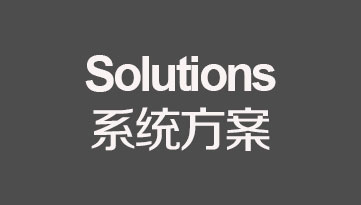Indeed, industry observers suggest the chip industry is fueling a transition in human interactions akin to the virtualization trends in electronics over the last decade.
The World Semiconductor Trade Statistics (WSTS) survey inched upward in May by 1.5 percent on a monthly basis with global sales reaching $35 billion. While acknowledging “significant uncertainty in the months ahead,” the Semiconductor Industry Association said the WSTS is forecasting an annual IC sales increase of 3.3 percent.
SIA’s prediction is in line with other industry forecasts of flat to slightly higher 2020 sales compared to the down-year of 2019. For example, John Pitzer, a managing director at Credit Suisse, forecasts roughly 2 percent growth in global chips sales after accounting for the impact of Covid-19.
From a macro-economic perspective, Pitzer sees the pandemic creating a “significant value transfer” within the global semiconductor industry as the pandemic drives demand away from aircraft to videoconferencing, gaming and other forms of virtual interaction.
That pandemic-driven shift means “the long-term growth rate of the semiconductor industry is poised to accelerate,” Pitzer asserted.
Indeed, WSTS is forecasting a healthy 6.2-percent annual increase in global chips sales in 2021.
Worldwide sales this year are expected to reach $426 billion, according to WSTS estimates, with the North American market increasing 12.8 percent year-on-year. By contrast, the European and Japanese chip markets are expected to contract while the Asia-Pacific region grows at a modest 2.6 percent.
In its annual survey of the global chip industry released this week, SIA said the global semiconductor market is approaching $500 billion in annual sales. Despite recent declines, the upward trend is being driven by communications and computing. Emerging technologies like 5G wireless and machine learning are expected to reverse current declines.

Falan Yinug, SIA’s director of industry statistics and economic policy, said U.S. chip makers currently hold 47 percent of the global IC market while China’s market share remains at only 5 percent. “It will be a challenge for the U.S. to maintain this lead” given Beijing’s drive to reduce its dependence on U.S. semiconductor exports, Yinug warned.
China plans to invest $1.4 trillion over the next decade to develop a “closed-loop semiconductor ecosystem” that would eliminate U.S. chip exports by 2035, according to Stephen Ezell of the Information Technology and Innovation Foundation. That initiative is driven in part by effort to dominate the nascent 5G wireless market.

Ezell notes that Beijing’s aspirational semiconductor strategy is likely to be stymied by stricter U.S. export controls on design tools and manufacturing equipment. Cutting off access to U.S. chip tools will “make China’s goal of attaining domestic independence [from U.S. chip vendors] much more difficult,” Ezell said. “A lot of this will be policy driven over the next five years.”
Nevertheless, the U.S. chip industry’s Achilles heel remains its diminished manufacturing capacity. Dan Hutcheson of VLSI Research estimates of the 30 domestic chip makers operating 20 years ago, only five remain. Eighty percent of logic chips are manufactured offshore, he reckons.
Still, industry watchers assert that policy makers increasingly view semiconductor manufacturing as a strategic industry that must be revived through public-private partnerships. Hutcheson posited that a post-Covid recovery could resemble the period after World War II, when the Defense Department and NASA invested billions of dollars in the nascent U.S. electronics industry while the federal government funded infrastructure projects like the Interstate Highway System.



